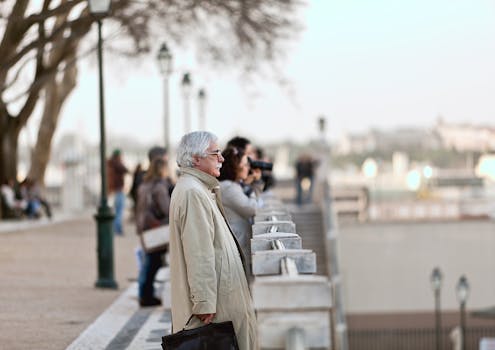
Traveling Through Time: How Europe’s Historical Heritage Shapes Modern Lifestyles in 2025
Europe’s historical heritage is a treasure trove of cultural, architectural, and culinary riches that continue to shape modern lifestyles in 2025. As we travel through time, we find that the past is not just a relic of bygone eras, but a living, breathing entity that influences our daily lives. In this article, we will delve into the fascinating world of Europe’s historical heritage and explore how it shapes modern lifestyles, from the grandeur of ancient monuments to the intimacy of traditional cuisine.
Introduction to Europe’s Historical Heritage
Europe’s historical heritage is a complex tapestry of cultures, empires, and civilizations that have risen and fallen over the centuries. From the ancient Greeks and Romans to the medieval kingdoms and modern nation-states, each era has left an indelible mark on the continent’s architecture, art, literature, and cuisine. As we travel through Europe, we find that the past is palpable, with landmarks like the Colosseum, the Acropolis, and Notre-Dame Cathedral standing as testaments to the ingenuity and creativity of our ancestors.
The Impact of Historical Heritage on Modern Lifestyles
So, how does Europe’s historical heritage shape modern lifestyles? The answer lies in the countless ways that the past informs our present. For instance, the Renaissance humanist ideals of beauty, proportion, and harmony continue to influence contemporary architecture, from the grandeur of government buildings to the intimacy of residential design. Similarly, the rich culinary traditions of Europe, from Italian pasta to French patisserie, have evolved over time, incorporating new ingredients and techniques while retaining their essence and charm.
Cultural Exchange and the Evolution of Tradition
One of the most significant ways that Europe’s historical heritage shapes modern lifestyles is through cultural exchange and the evolution of tradition. As people travel, migrate, and interact with one another, they bring with them their customs, beliefs, and practices, which are then adapted and transformed by their new surroundings. This process of cultural exchange has given rise to a dazzling array of festivals, celebrations, and rituals that are unique to each region and community. From the Carnival of Venice to the Tomatina festival in Spain, these events are a testament to the power of tradition and the human spirit.
Conclusion: Timeless Charm of Europe’s Historical Heritage
In conclusion, Europe’s historical heritage is a timeless charm that continues to shape modern lifestyles in 2025. As we travel through time, we find that the past is not just a relic of bygone eras, but a living, breathing entity that influences our daily lives. From architecture to cuisine, cultural exchange to tradition, Europe’s historical heritage is a treasure trove of riches that awaits our discovery and exploration. So, come and experience the magic of Europe’s historical heritage for yourself – you never know what wonders and surprises await you around the next corner!


